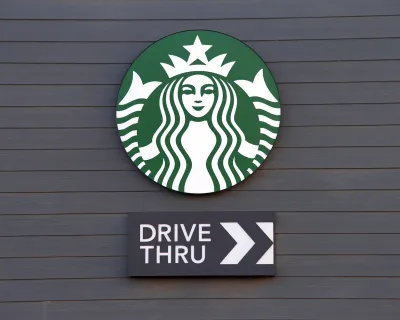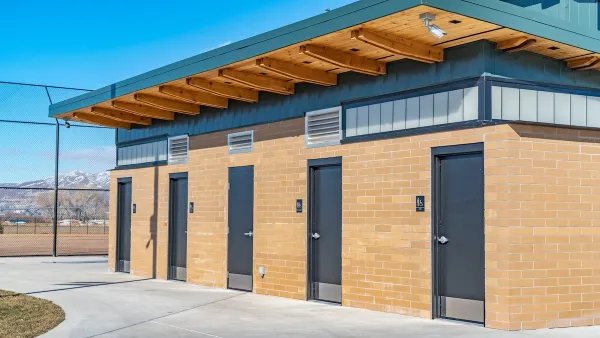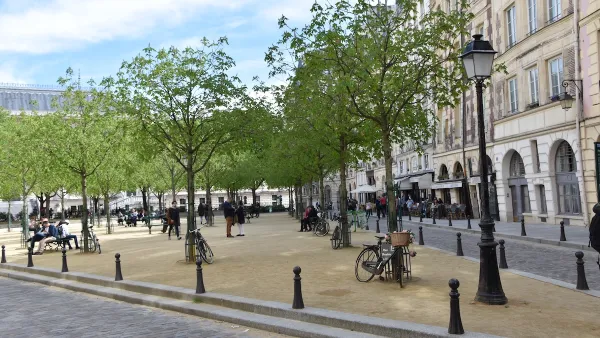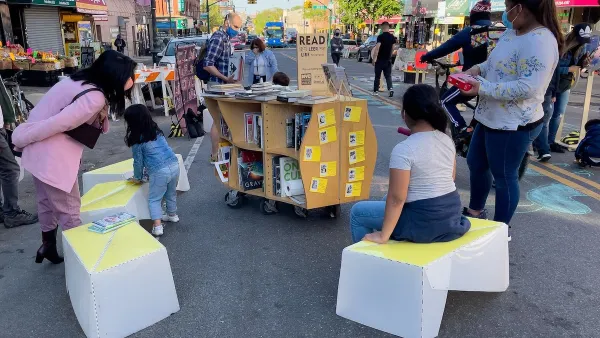Starbucks is shifting to more drive-throughs and less comfy armchairs, but that doesn’t mean the demand for common spaces outside of home and work is waning.

For years, a local Starbucks coffeeshop was a welcome respite for students, freelance workers, and others seeking a comfortable hangout with a clean bathroom. While Starbucks is a private business, it was once common for patrons to sit for hours while making only a couple of purchases. This made Starbucks and its ilk a valuable ‘third place,’ a communal space separate from home or work where social interactions happen.
“These places could be anything from neighborhood watering holes to bookstores, barbershops, community centers or even stoops,”write James Rojas and John Kamp in Strong Towns. By 2022, Starbucks and other businesses are shifting to a new model: “Across the country, cozy lounge chairs were replaced with metal stools — where seating wasn’t done away with altogether. Bathrooms, outlets and tables also disappeared. The company even departed from its 1990s ethos and promised to outfit 90% of new locations with “state-of-the-art” drive-thrus.”
The authors quote Nathaniel Meyersohn, who wrote that Starbucks is “choosing the transactional over the experiential,” explicitly redefining the third place to include digital technology, reducing the importance of the physical space. “The Starbucks where you studied for finals with your classmates, recovered from that awkward first date, won a chess match and took that job interview no longer exists. It’s now a conveyor belt where speed rules and the ideal customer experience is spending as little time in the store as possible.”
While this could seem as a harbinger of doom for other third places, Rojas and Kamp note that other urban cafes, parks, and pocket plazas, many created during the pandemic, are thriving; “the appetite for traditional, physical third places hasn’t disappeared.”
FULL STORY: From Hang Out To Hurry: Why Starbucks Wants To Redefine “Third Place”

Analysis: Cybertruck Fatality Rate Far Exceeds That of Ford Pinto
The Tesla Cybertruck was recalled seven times last year.

National Parks Layoffs Will Cause Communities to Lose Billions
Thousands of essential park workers were laid off this week, just before the busy spring break season.

Retro-silient?: America’s First “Eco-burb,” The Woodlands Turns 50
A master-planned community north of Houston offers lessons on green infrastructure and resilient design, but falls short of its founder’s lofty affordability and walkability goals.

Test News Post 1
This is a summary

Analysis: Cybertruck Fatality Rate Far Exceeds That of Ford Pinto
The Tesla Cybertruck was recalled seven times last year.

Test News Headline 46
Test for the image on the front page.
Urban Design for Planners 1: Software Tools
This six-course series explores essential urban design concepts using open source software and equips planners with the tools they need to participate fully in the urban design process.
Planning for Universal Design
Learn the tools for implementing Universal Design in planning regulations.
EMC Planning Group, Inc.
Planetizen
Planetizen
Mpact (formerly Rail~Volution)
Great Falls Development Authority, Inc.
HUDs Office of Policy Development and Research
NYU Wagner Graduate School of Public Service




























